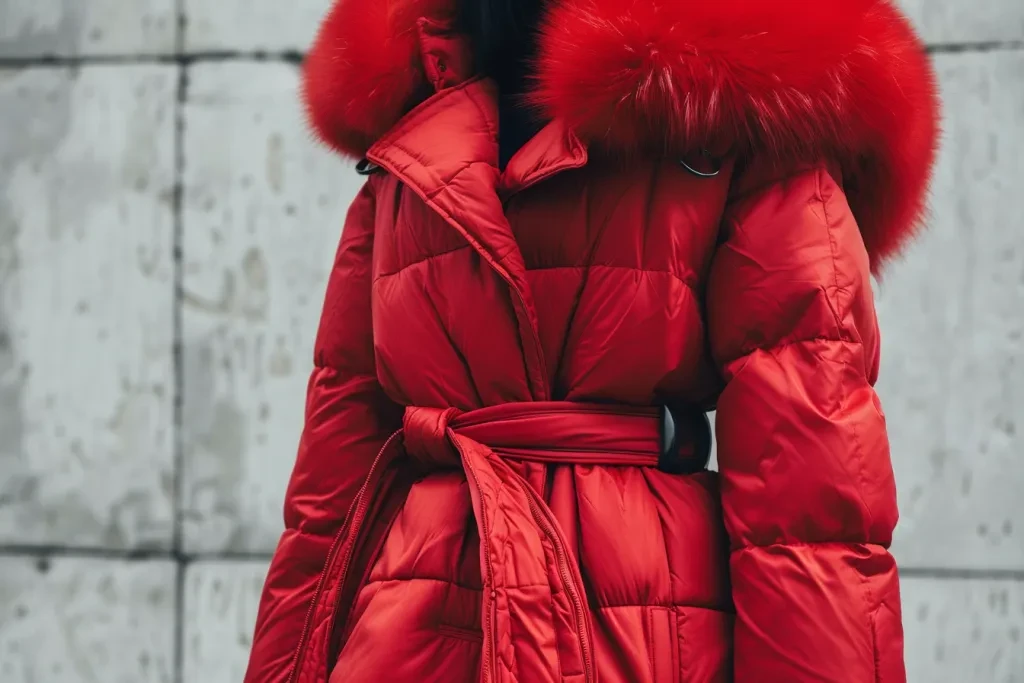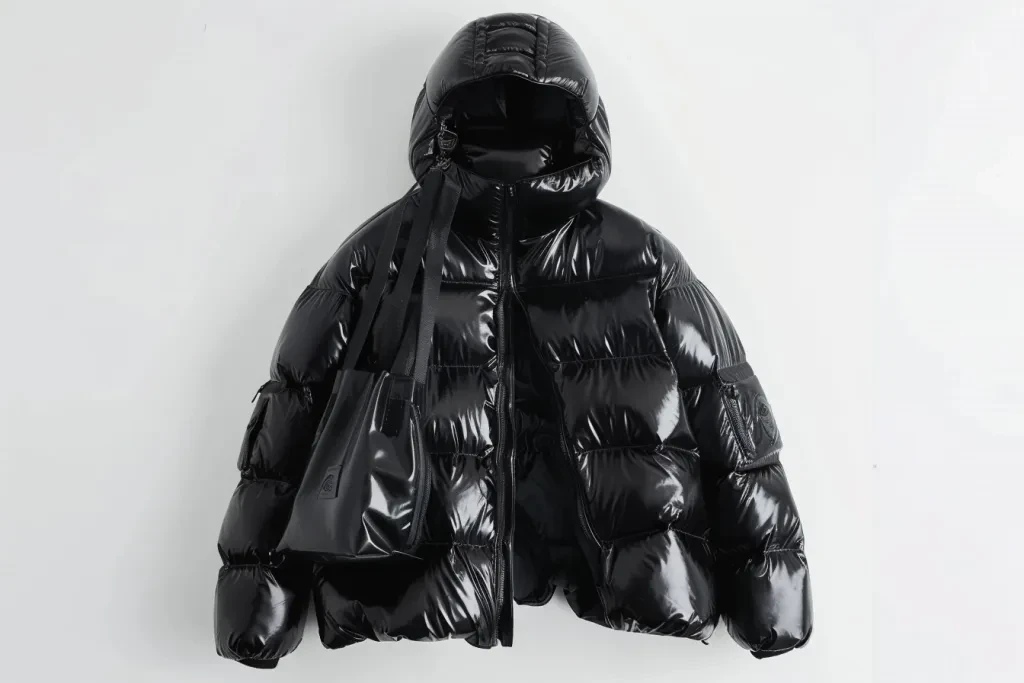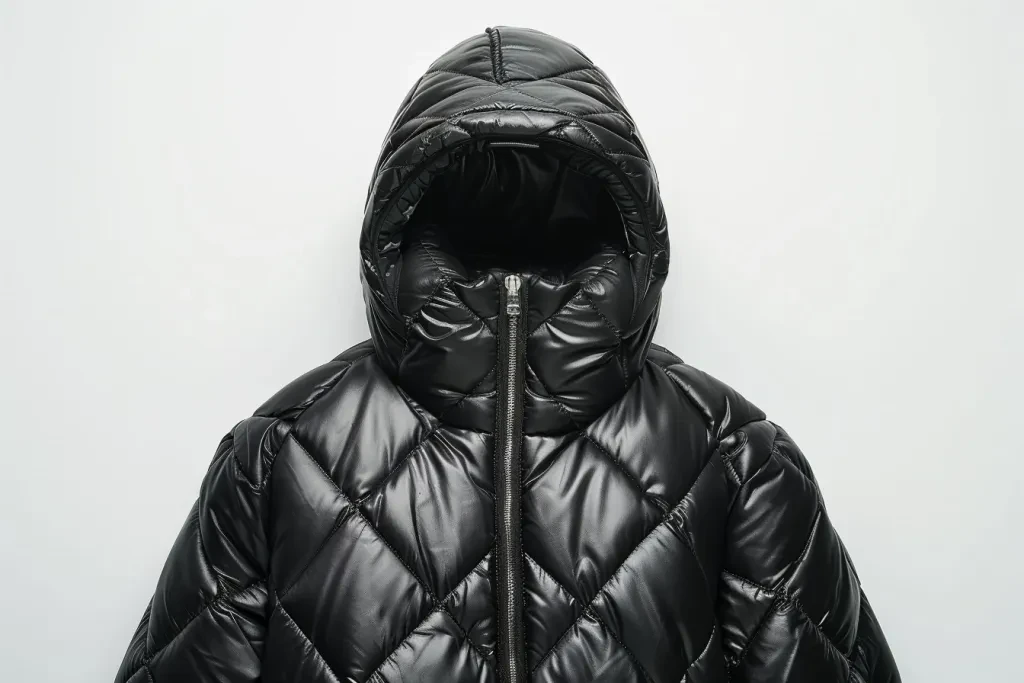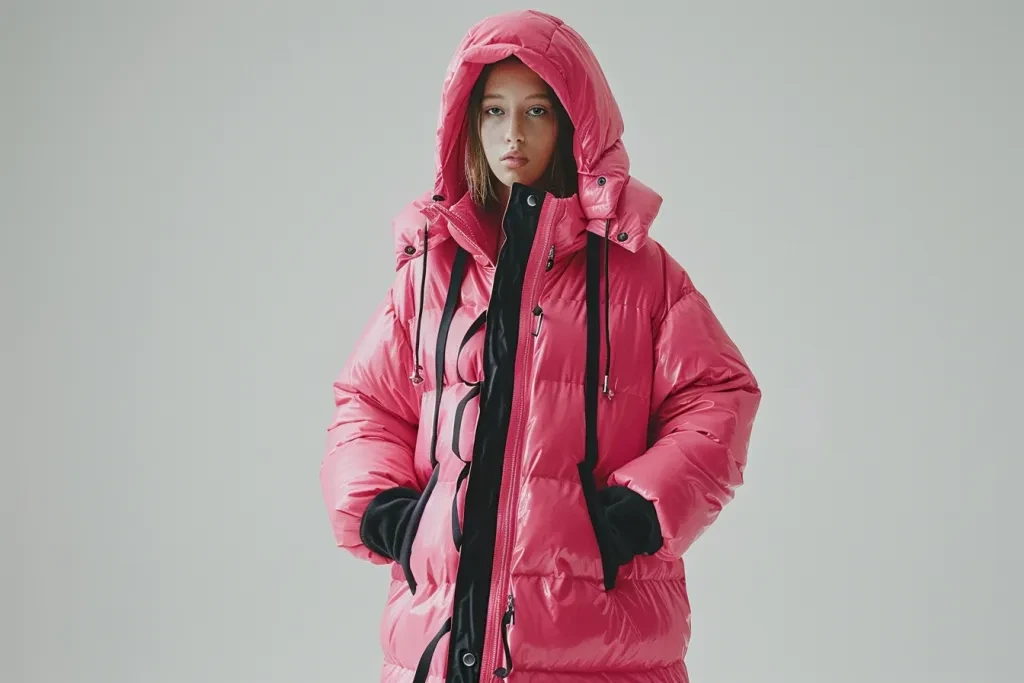As the chill of winter approaches, the hunt for the perfect outerwear begins. Among the plethora of options, the puffer coat stands out for its unique blend of functionality and fashion. This article delves into the essential aspects of the puffer coat, helping you navigate through its materials, styles, care instructions, environmental impact, and the latest trends. Whether you’re braving the city streets or exploring the great outdoors, understanding these facets will ensure you make an informed choice that keeps you warm, comfortable, and stylish.
Table of Contents:
– Understanding puffer coat materials
– Decoding the styles of puffer coats
– How to care for your puffer coat
– The environmental impact of puffer coats
– Latest trends in puffer coats
Understanding puffer coat materials

The core of a puffer coat’s appeal lies in its materials. Traditionally, these coats are filled with down, the soft under feathers of ducks or geese, known for their excellent thermal insulation. However, synthetic fills, such as polyester fibers, have become popular for their ability to retain heat even when wet and their suitability for those with allergies to down.
The outer shell of a puffer coat is equally important. It’s typically made from water-resistant or waterproof materials like nylon or polyester, protecting you from snow and rain. Some high-end models feature a breathable membrane to prevent overheating, a crucial aspect for active wearers.
Choosing the right material depends on your specific needs. If you’re looking for lightweight warmth and packability, down is unbeatable. For wet climates or ethical reasons, a high-quality synthetic fill can be an excellent alternative.
Decoding the styles of puffer coats

Puffer coats come in a variety of styles, each offering a different level of warmth and aesthetic appeal. The classic long puffer provides maximum coverage and warmth, making it ideal for the coldest days. For a more versatile option, short puffers offer easier mobility and can be a stylish addition to your winter wardrobe.
Another important consideration is the quilting pattern. Beyond aesthetics, the pattern affects how well the coat retains heat. Smaller, closely spaced quilts tend to hold the fill in place better, reducing cold spots. Conversely, larger quilts can offer a more contemporary look but may not provide uniform warmth.
When selecting a style, consider your lifestyle and climate. A longer coat might be necessary for harsh winters, while a shorter, lighter version could suffice for milder conditions.
How to care for your puffer coat

Proper care can significantly extend the life of your puffer coat. Most down-filled coats are machine washable, but it’s crucial to use a gentle cycle and avoid harsh detergents that can strip the oils from the down. Synthetic fills are generally more forgiving but follow the manufacturer’s instructions to ensure longevity.
Drying is a critical step. A low heat setting in a tumble dryer with tennis balls can help redistribute the fill and prevent clumping. Avoid high heat, as it can damage the fabric and insulation.
Regular maintenance, such as spot cleaning and airing out the coat, can prevent odors and reduce the need for frequent washing. Storing your coat properly, preferably hung or in a breathable garment bag, will help maintain its shape and insulation qualities.
The environmental impact of puffer coats

The production and disposal of puffer coats have raised environmental concerns. Down filling, while natural, often involves animal products, prompting questions about animal welfare. Synthetic fills, on the other hand, are petroleum-based and contribute to plastic pollution.
However, the industry is evolving. Recycled materials are increasingly used for both fills and shells, reducing waste and conserving resources. Additionally, some brands are committed to ethical sourcing of down, ensuring animal welfare and traceability.
As a consumer, you can make a difference by choosing brands that prioritize sustainability and by caring for your coat to prolong its life, thereby reducing its environmental footprint.
Latest trends in puffer coats

The world of puffer coats is constantly evolving, with new trends emerging each season. Oversized silhouettes are popular, offering a bold fashion statement while providing extra warmth. Color trends range from classic black and earth tones to bright, eye-catching hues that add a pop of color to dreary winter days.
Technical advancements have also led to lighter, more compressible designs without sacrificing warmth. These innovations make puffer coats more versatile than ever, suitable for a range of activities and climates.
By staying informed about these trends, you can choose a puffer coat that not only meets your practical needs but also aligns with your personal style.
Conclusion:
Puffer coats are a staple in winter wardrobes, offering unparalleled warmth and style. By understanding the materials, styles, care instructions, environmental impact, and latest trends, you can make an informed decision that suits your needs and preferences. Remember, the right puffer coat is not just an investment in your comfort but also a reflection of your commitment to sustainability and fashion.




